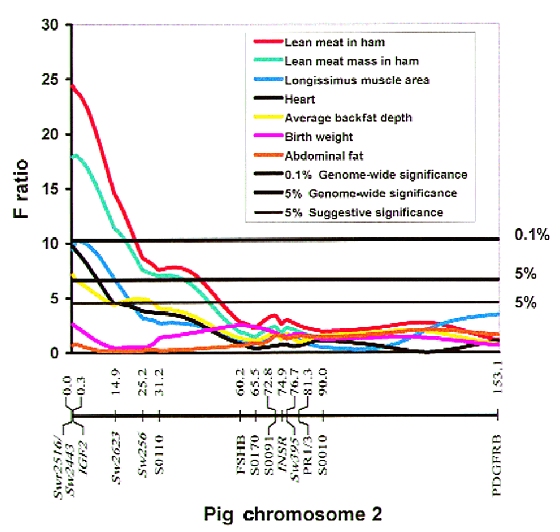
- Select a language for the TTS:
- UK English Female
- UK English Male
- US English Female
- US English Male
- Australian Female
- Australian Male
- Language selected: (auto detect) - EN
Play all audios:
Clipboard researched by April D. Jackson and Janice L. Jones / Los Angeles Times; Graphics by Doris Shields / Los Angeles Times LESSER GOLDFINCH (Carduelis psaltria) Description: Adult male
crown is black; back varies from black in Eastern regions to pale green in Western birds. Adult females are dull yellow below. Most do not have the white undertail coverts typical of other
varieties of goldfinch. All birds have white wing patch at base of primaries. Habitat: Scattered trees or brush, fields, suburban gardens. Diet: Seeds of deciduous trees, forbs, grass,
flower buds. Displays: Male performs song-flight display by spreading wings and tail widely, then flapping wings rapidly. Conducts courtship feeding. Nest: Made of tightly woven plant
fibers, grass stems, bark and moss. Lined with plant down. Eggs: Pale blue or bluish-white. Call and Song: Call is a soft, _ tee-yee _ sound. Song is a series of trills, twitters and _ swee
_ sounds. Breeding bird atlas: To report bird breeding activity in your neighborhood, or to get information on the breeding bird atlas, call Sea and Sage Audubon Society members Sylvia
Gallagher, (714) 962-8990, or Nancy Kenyon, (714) 786-3160. Note: Map is divided into 5-kilometer squares so that Audubon Society volunteers can more easily survey areas on a regular basis.
Sources: Sea and Sage Audubon Society; “The Birder’s Handbook,” Ehrlich, Dobkin and Wheye, Fireside Books (1988); “Field Guide to the Birds of North America,” National Geographic Society
(1987); “Birds of Southern California: Status and Distribution,” Garrett and Dunn, Los Angeles Audubon Society (1981). Indicates 5-kilometer-square areas where breeding activity has been
confirmed. MORE TO READ




